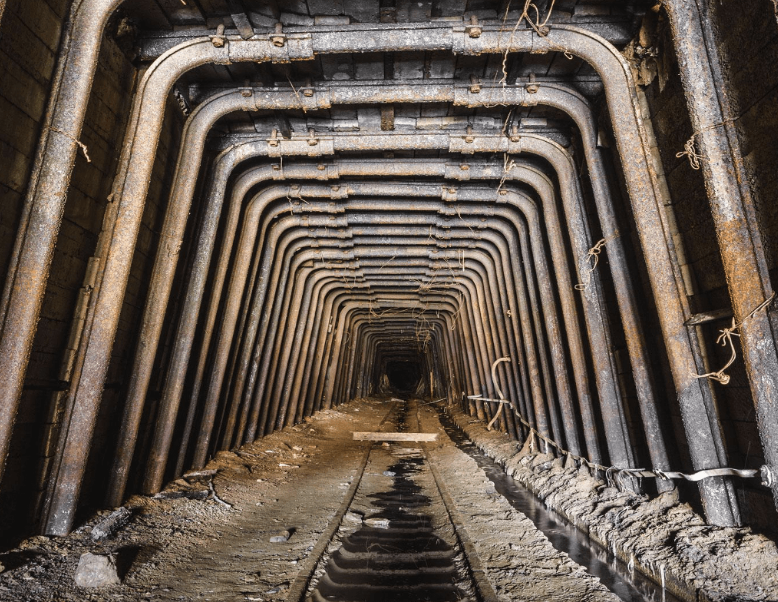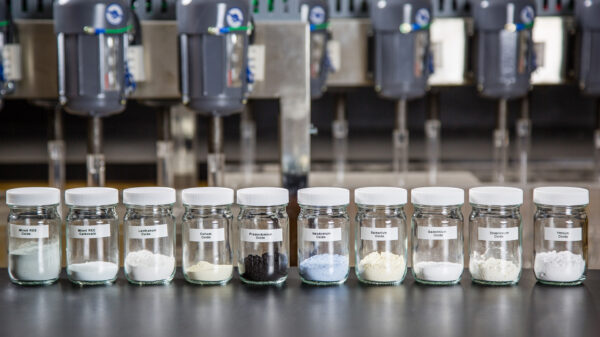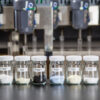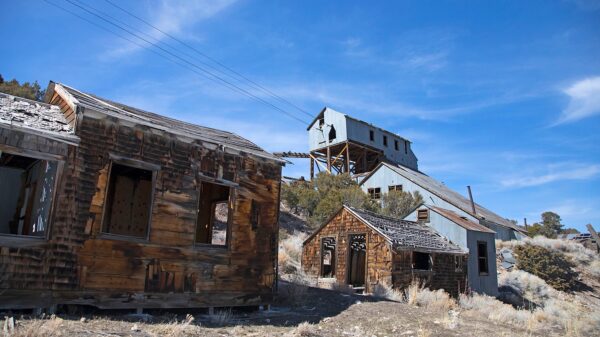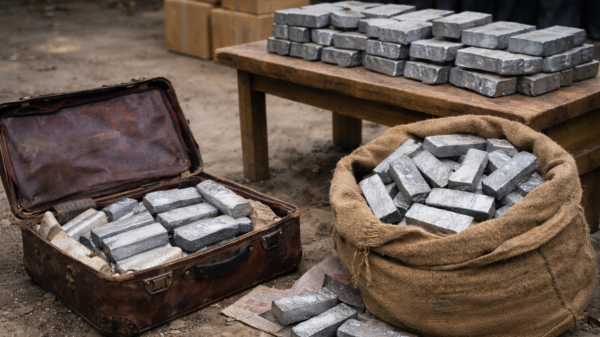Military Metals Corp (CNSX: MILI) (OTCMKTS: MILIF) (FRA: QN90) has completed a preliminary field and historical data review at its 100 per cent owned Tiennesgrund antimony gold project in eastern Slovakia.
The company reported on Tuesday that the past-producing site contains several historical adits where mineralized material remains visible in waste dumps.
The company reviewed sampling results and reports from previous owners. Historical assays show antimony grades ranging from 2.5 to 39.4 per cent, with four samples exceeding 30 per cent. The highest gold grade reached 9.69 grams per tonne, with results spanning from 0.07 to 9.69 gpt. Furthermore, all antimony samples returned gold values as well.
In addition, two adits remain accessible. One produced 26,000 tons grading 18 to 24 per cent antimony through hand-sorting according to historic accounts. The large district-scale land package remains underexplored, providing significant upside potential.
CEO and Director Scott Eldridge emphasized the project’s strategic importance. He noted that the European Union lists antimony as a critical raw material under the EU’s Critical Raw Materials Act. Accordingly, he highlighted the opportunity to strengthen Europe’s domestic supply chain for essential minerals.
Furthermore, Eldridge said the project could bolster the continent’s resilience in the face of global resource volatility. He pointed to antimony’s role in technologies that drive the green and defense sectors.
The company’s next steps will focus on further exploration and verification of historic grades. Additionally, the review has renewed corporate interest in advancing the project toward development. Military Metals aims to leverage both historic data and modern exploration methods to assess the project’s full potential.
Read more: NevGold pulls up even more promising antimony grades from Nevada property
Read more: NevGold raises $5.5M for promising gold-antimony prospects in Nevada
Antimony is essential for clean energy and defense tech
Military Metals’ high-grade antimony-gold discovery in Slovakia carries major geopolitical weight amid China’s dominance of critical minerals.
Antimony is essential for flame retardants, semiconductors, batteries, ammunition, and military equipment—key to both clean-energy and defense technologies. However, China produces nearly half of the world’s supply and has tightened export controls, creating supply instability and driving sharp price increases.
The Tiennesgrund project offers Europe a rare opportunity to reduce reliance on Chinese sources. Furthermore, antimony’s designation as a critical raw material under the EU’s Critical Raw Materials Act adds strategic urgency. In addition, the project’s combination of historic high-grade deposits and underexplored land positions it as a potential cornerstone of regional supply.
Other companies are also rising to meet the antimony challenge. NevGold Corp (CVE: NAU) (OTCMKTS: NAUFF) (FRA: 5E50) has advanced its Limousine Butte project in Nevada with significant antimony alongside gold mineralization.
For example, NevGold reported intervals grading 0.64 per cent antimony over 54.9 meters, including sections exceeding 1 per cent. Additionally, some assays reached 2.76 per cent antimony over shorter widths, indicating substantial potential for domestic supply.
These developments highlight a broader shift toward securing critical minerals from stable jurisdictions. Accordingly, both Military Metals and NevGold are positioned to benefit from heightened Western interest in antimony.
Furthermore, expanding exploration in politically secure regions could protect supply chains from disruption.
As demand for defense and renewable technologies grows, the strategic value of antimony will continue to rise. Therefore, projects in Europe and North America may soon play a pivotal role in balancing the global market.
NevGold Corp is a sponsor of Mugglehead news coverage
.

